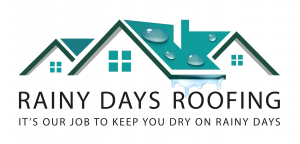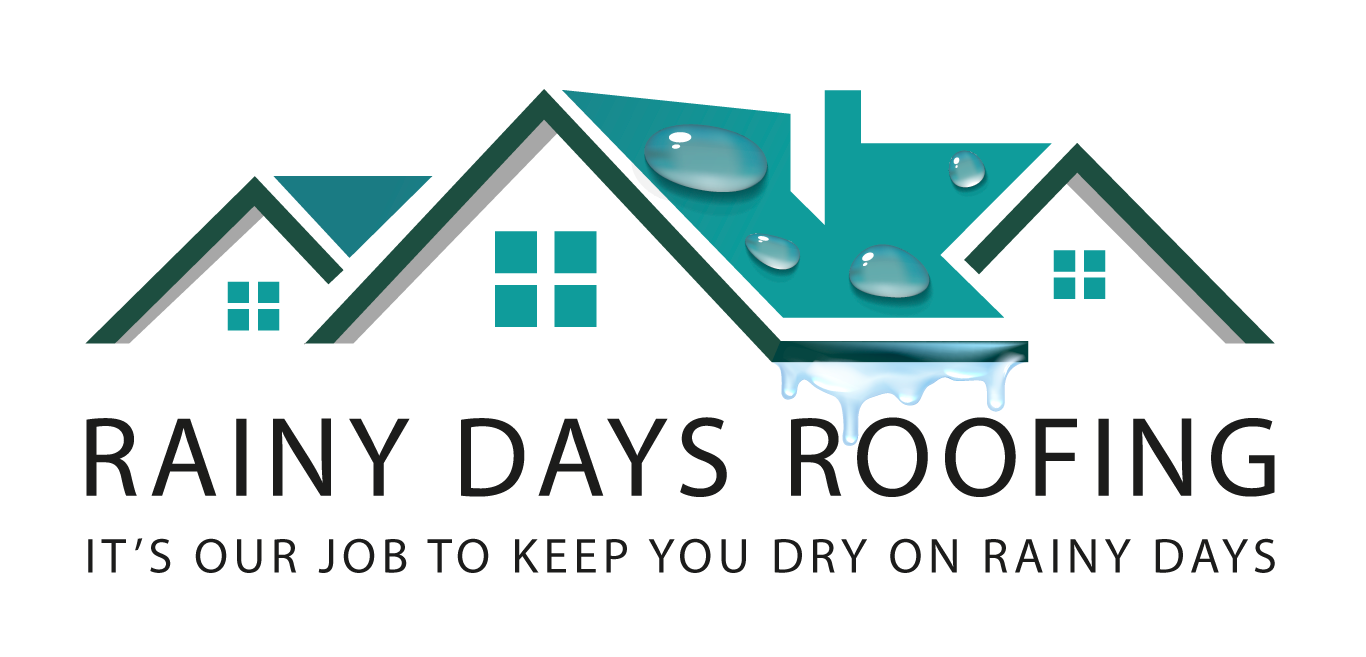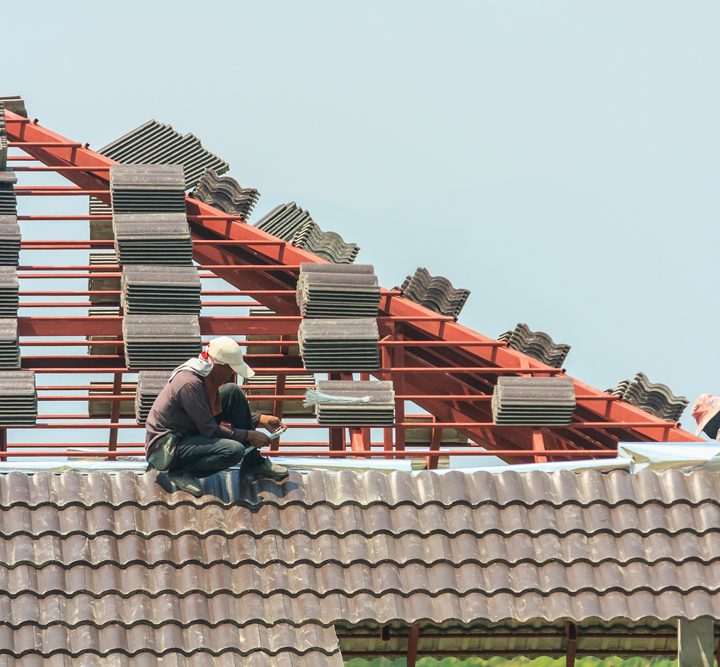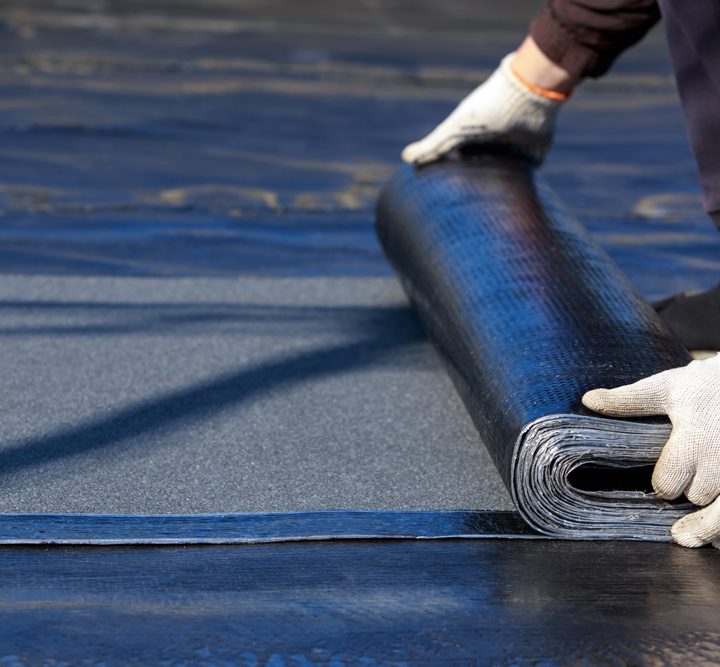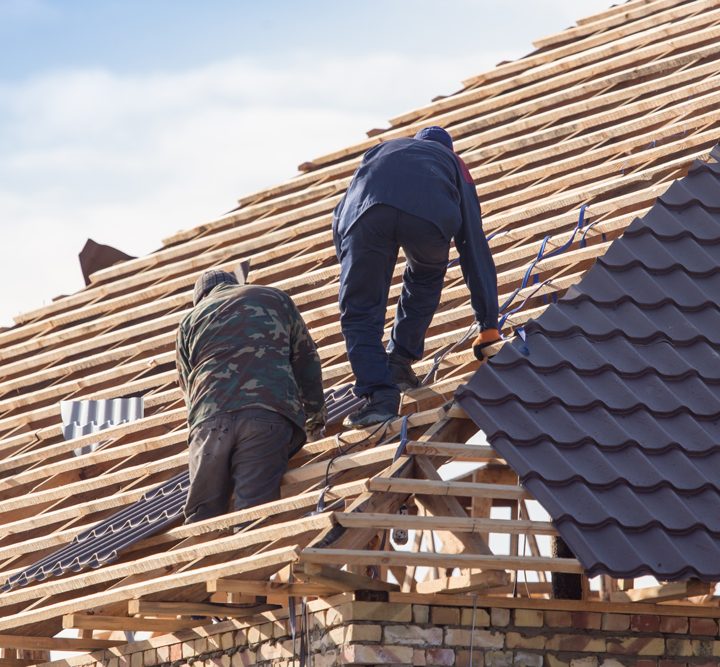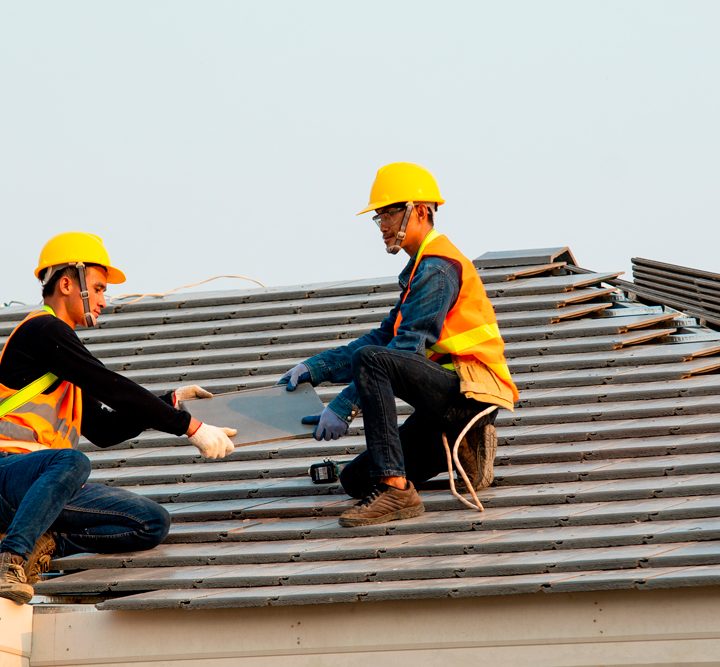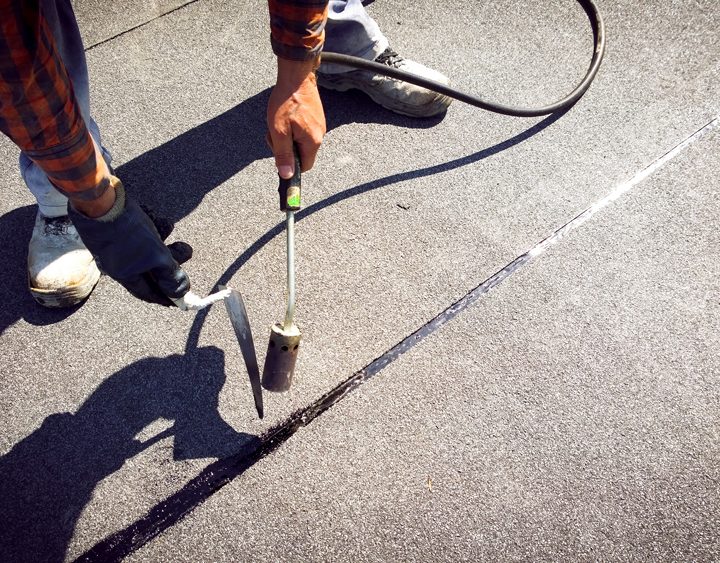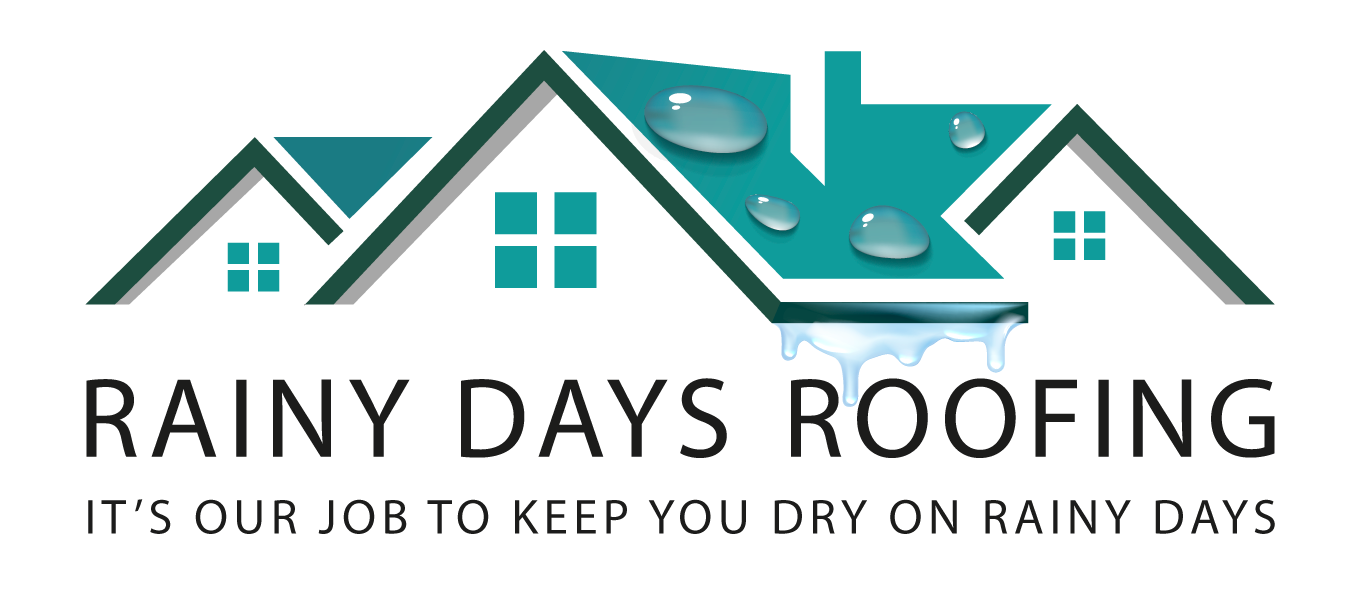Cost-Effective Roof Maintenance Tips for 2025
Maintaining your roof may not always be at the top of your to-do list, but neglecting it can lead to expensive repairs, structural damage, and reduced energy efficiency. Whether you’re a homeowner in London or Essex, knowing how to care for your roof in a budget-friendly way is essential for protecting your investment. In this guide, we’ll walk you through cost-effective roof maintenance tips for 2025, including what tasks you can do yourself and when to call in the professionals.
Why Roof Maintenance Matters
A roof is your home’s first line of defence against the unpredictable UK weather. Heavy rain, strong winds, frost, and occasional heatwaves can all take a toll on your roofing materials. Without regular inspections and upkeep, small issues can escalate into major problems—leaks, structural weakening, mould growth, and energy loss.
According to Energy Saving Trust, even minor roof leaks can significantly impact your home’s thermal efficiency, driving up heating costs during colder months. That’s why proactive maintenance is both a protective and a cost-saving strategy.
1. Inspect Your Roof Twice a Year

Routine inspections are the cornerstone of affordable maintenance. Conduct a visual inspection every spring and autumn, and after any major storm. Look for:
Broken or missing tiles or shingles
Warping or sagging
Moss or algae growth
Rusted or loose flashing
Water pooling on flat roofs
If climbing a ladder is unsafe, consider using binoculars or hiring a local professional roofer for an affordable check-up.
2. Keep Gutters and Downpipes Clear
Clogged gutters can cause rainwater to overflow and seep into your roofing system. Cleaning gutters in autumn (after leaves fall) and spring prevents water damage and helps protect your foundation as well.
Use a gutter scoop or gloved hands to remove debris and flush out downpipes with a hose. Installing affordable gutter guards can further reduce maintenance.
.

3. Remove Moss and Algae Safely

Moss may give your roof a “rustic” look, but it retains moisture and can damage tiles or the membrane. Use a stiff brush or a moss-killing solution suitable for your roofing type. Avoid pressure washing—it can dislodge tiles or harm protective coatings.
Flat roofs are particularly prone to moss in shaded areas. Cleaning these regularly prevents drainage blockages and structural decay.
4. Repair Minor Issues Immediately
Fixing small problems early can save you thousands later. Common minor repairs include:
Replacing cracked or loose tiles
Sealing small leaks or nail holes
Securing flashing around chimneys or skylights
Consider creating a small DIY repair kit with roofing sealant, nails, and replacement tiles for quick fixes.

5. Trim Overhanging Branches
Tree limbs near your roof pose a double risk: falling branches during storms and accumulated debris in gutters. Trim back branches to reduce the chance of impact damage and to improve sunlight exposure, which helps prevent moss.
Hiring a local tree surgeon annually is an affordable investment that protects both your roof and your home’s exterior.
6. Check the Loft or Attic
Sometimes, the first signs of roof damage are found inside the home. Check your attic or loft for:
Water stains on beams or insulation
Mould or musty smells
Drafts or visible holes
Proper insulation and ventilation are critical. Poor airflow can trap moisture, leading to rot or increased heating bills. For more information: ‘The Importance of Insulation: Keeping Your Home Warm with the Right Roof’
7. Recoat Flat Roofs Every Few Years
If your home has a felt or bitumen flat roof, reapplying protective coatings every 5–10 years can drastically extend its lifespan. Choose reflective coatings to enhance thermal efficiency and reduce solar damage.
Professionals can assess the right time to recoat, usually charging a fraction of what a replacement would cost.
8. Compare Roofing Contractor Prices
When hiring for repairs, don’t settle for the first quote. Get at least three written estimates from qualified roofers. Always check if they are accredited by organisations like TrustMark or have positive online reviews.
Price transparency helps avoid overpaying for basic services and ensures the contractor meets industry standards.
9. Bundle Maintenance Services
Many roofing companies, including Rainy Days Roofing, offer annual roof maintenance plans. These plans often include inspections, minor repairs, and gutter cleaning at a reduced package rate.
This approach spreads your costs throughout the year and ensures your roof gets consistent attention.
10. Document Repairs and Warranties
Maintain a simple log of all roof maintenance and repairs. Note:
Dates of inspections
Repairs performed
Materials used
Contractor contact details
Warranty durations
This not only helps in future home sales but also provides useful information for contractors diagnosing new issues.
Final Thoughts: Save Now, Avoid Big Costs Later
Cost-effective roof maintenance is about planning ahead, knowing what to look for, and acting early. By performing simple checks, clearing debris, and hiring trusted professionals, you can extend the life of your roof while keeping your expenses low.
Don’t wait for a leak to appear. Schedule your next roof inspection with Rainy Days Roofing today and protect your home the smart way.
More information: Common Roof Repairs: What Every Homeowner Should Know

Author
